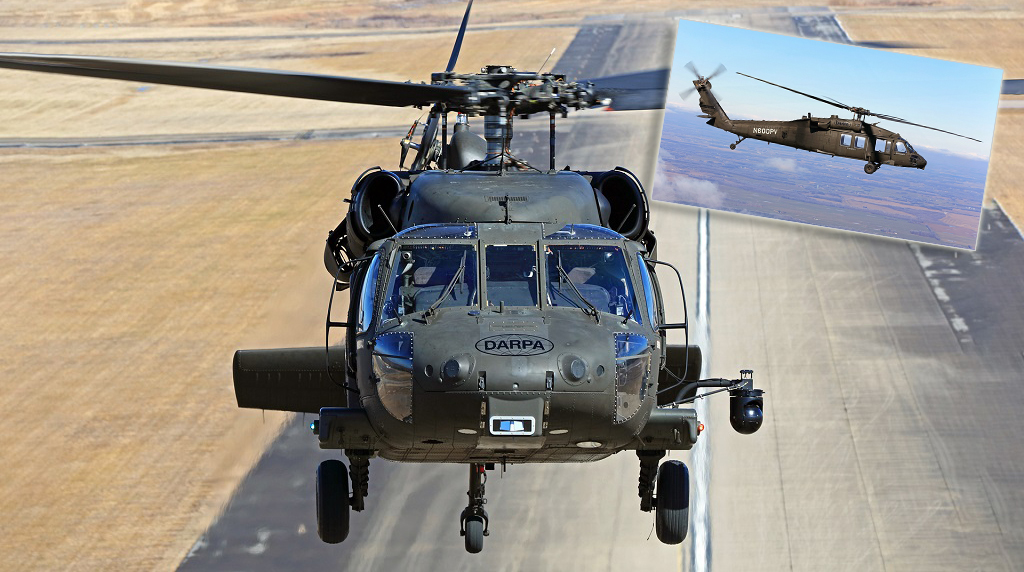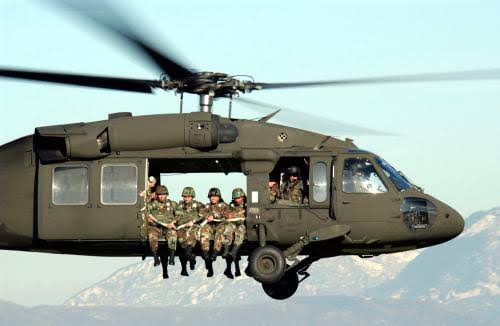The Influence of Sustainable Practices on the Future of Aircraft Operations and Emissions Decrease
As the air travel industry deals with boosting analysis over its environmental effect, the adoption of lasting techniques becomes an essential pathway towards future aircraft operations and emissions reduction. Technologies in sustainable aviation gas and innovations in hybrid propulsion innovations stand at the leading edge of this change, encouraging substantial reductions in greenhouse gas exhausts. The effective integration of these initiatives pivots on a variety of aspects, consisting of regulative structures and sector cooperation. The concern continues to be: just how will these evolving methods reshape the characteristics of flight and add to a much more lasting future?

Overview of Sustainable Practices
Lasting methods in aircraft operations incorporate a series of approaches intended at decreasing ecological effect while keeping functional performance. These practices are crucial in the aeronautics industry's dedication to minimizing its carbon footprint and sticking to global environmental standards. Secret efforts consist of maximizing flight courses to decrease fuel consumption, improving maintenance protocols to ensure aircraft run at peak efficiency, and carrying out innovative technologies such as winglets and lightweight materials that enhance aerodynamics.

Engaging and training staff on sustainability techniques additionally play an important function, fostering a culture of ecological obligation within companies. On the whole, the integration of these lasting techniques not just helps in reducing emissions yet additionally enhances the long-lasting practicality of the aviation field, guaranteeing it fulfills the demands of both customers and regulative bodies while contributing to worldwide sustainability goals.
Innovative Gas Alternatives
Various cutting-edge gas options are becoming essential remedies to reduce the air travel industry's reliance on standard fossil fuels. Amongst these options, Sustainable Aviation Fuels (SAFs) have gotten substantial focus as a result of their possible to reduce lifecycle greenhouse gas discharges by as much as 80% compared to traditional jet fuels. SAFs are originated from different feedstocks, including waste oils, agricultural deposits, and also algae, making them a versatile alternative for the market.
One more promising choice is hydrogen fuel, which, when utilized in fuel cells, creates only water vapor as a result. This zero-emission possible presents a substantial possibility for decarbonizing flight procedures, particularly for short-haul flights and regional airplane. In addition, electrical propulsion systems are being explored, leveraging battery innovation to power airplane. While present battery ability restrictions array and payload, continuous advancements might soon provide electrical trips sensible for particular applications - uh 60.
Lastly, biofuels originated from biomass are being explored, providing an eco-friendly choice that can be blended with typical gas. Collectively, these ingenious fuel options stand for an important step toward attaining a lasting aviation ecological community, lining up with international discharges reduction targets and boosting the market's ecological stewardship.
Technological Developments in Aviation

How can technological developments reshape the future of aviation? The integration of advanced innovations is critical in transforming airplane procedures, improving performance, and decreasing emissions. Advancements such as hybrid and electric propulsion systems go to the forefront, appealing significant reductions in gas usage and greenhouse gas discharges. These systems take advantage of developments in battery technology and energy management, allowing airplane to operate with a reduced ecological footprint.
Additionally, the execution of sophisticated products, such as lightweight compounds, adds to enhanced aerodynamics and gas performance. Making use of expert system and artificial intelligence in trip procedures enhances route planning and lowers fuel shed by allowing real-time modifications based on weather and web traffic problems. Furthermore, the advancement of independent and from another location piloted aircraft systems stands to change cargo and guest transportation, possibly increasing effectiveness while lessening human error.
In addition, lasting aviation modern technologies, consisting of sophisticated air website traffic administration systems, can enhance procedures and minimize congestion, bring about reduced discharges during trip. These improvements collectively represent a standard shift in aeronautics, promising a future where sustainability and operational effectiveness are linked, therefore sustaining the industry's dedication to reducing its ecological impact.

Regulative Structure and Conformity
In light of the growing emphasis on environmental stewardship within the air travel industry, the governing framework governing aircraft procedures is developing to promote lasting techniques. Regulatory bodies, such as the International Civil Aeronautics Company (ICAO) and numerous nationwide air travel authorities, are presenting rigid guidelines targeted at lowering discharges check out here and improving functional performance.
These guidelines typically consist of the adoption of Lasting Aviation Fuel (SAF), which has actually been acknowledged as a key component in attaining lower carbon impacts. Moreover, compliance with these regulations needs airlines to carry out innovative technologies and functional methods, such as enhanced flight paths and boosted air traffic administration, to decrease fuel consumption.
Additionally, the enforcement of discharges trading plans and carbon countering efforts is ending up being progressively common, engaging airline companies to check and report their exhausts precisely. Non-compliance can result in substantial charges, therefore pressing drivers to focus on sustainability in their business models.
Inevitably, the developing regulatory landscape not only drives development and financial investment in green technologies but also promotes a culture of responsibility within the aeronautics industry. As these structures remain to establish, the concentrate on sustainable methods will be important to attaining the sector's lasting ecological goals.
Future Patterns in Airplane Procedures
As the aeronautics market adapts to a progressively rigorous regulative setting, future patterns in airplane procedures are set to concentrate on innovative solutions that even more improve sustainability and performance - uh 60. Trick growths will likely go to this website consist of the adoption of innovative air website traffic monitoring systems, which make use of real-time information and expert system to maximize trip courses, decreasing gas usage and discharges
Another substantial trend is the enhanced integration of lasting air travel fuels (SAFs) These choices to traditional jet gas, derived from eco-friendly resources, can substantially reduce lifecycle greenhouse gas emissions. The sector's commitment to SAFs will likely speed up as airline companies collaborate with gas producers to make sure schedule and cost-effectiveness.
In addition, the push in the direction of electrification and crossbreed propulsion systems is gaining energy. Emerging aircraft layouts will incorporate these technologies, providing quieter and extra reliable operations, particularly for short-haul flights.
Final Thought
Finally, the assimilation of sustainable techniques in airplane operations holds substantial possibility for emissions decrease and boosted performance. The fostering of lasting aviation gas, coupled with developments in electric and hybrid propulsion systems, is essential for minimizing lifecycle greenhouse gas emissions. Enhancing trip courses and embracing ingenious innovations contribute to a quieter and more environmentally friendly air travel market. Collectively, these initiatives line up with worldwide sustainability objectives and lead the means for a greener future in aviation.
Innovations in lasting air travel fuels and improvements in crossbreed propulsion technologies stand at the leading edge of this makeover, appealing significant reductions in greenhouse gas discharges.Various innovative gas choices are emerging as crucial options to decrease the air site travel sector's dependence on standard fossil gas - uh 60. Amongst these options, Sustainable Aeronautics Gas (SAFs) have actually gained significant interest due to their potential to decrease lifecycle greenhouse gas emissions by up to 80% compared to traditional jet fuels.An additional substantial pattern is the raised integration of sustainable aeronautics fuels (SAFs) The fostering of lasting air travel fuels, combined with improvements in electrical and hybrid propulsion systems, is vital for minimizing lifecycle greenhouse gas discharges